Crew Commander: Leanne Hirshfield
Crew Journalist: Emily Doherty
Health & Safety Officer: James Crum
Crew Engineer: Marta Ceko

Introduction
Crew 294 was made up of a group of researchers from the University of Colorado, Boulder with expertise in human performance, AI, and cognitive neuroscience. We came to MDRS on a research scouting mission as part of a Multidisciplinary University Research Initiative (MURI) project funded by the Air Force Office of Scientific Research. The title of our project is: “Cognitive Security and Risk Mitigation: A Theoretical Framework, Supporting Neurophysiological Studies, and Interactive Deep Learning Models in Sparse and Dense Information Environments.” Cognitive security refers to protecting humans from information-based threats that aim to disrupt cognitive processes such as reasoning and decision making. While the concept has received growing attention, research on topics relating to cognitive security suffers from several challenges: First, cognitive security is poorly conceptualized, lacking a consistent definition and clear, coherent specification of indicators. Research relevant to cognitive security is highly fragmented within and between different scientific fields. Further, cognitive security is particularly difficult to disentangle when we consider the complex (and understudied) ways that the information density spectrum affects decision-making. For example, the unique cognitive security challenges posed by low-information density environments such as space and the arctic are likely to be very different from high-information density environments such as heterogeneous Human-Agent Teams operating with maximum communication and information density channels. To address these challenges, our goal is to support humans to maintain cognitive security across a range of information density environments in a variety of operational environment. Our time at MDRS was an invaluable resource to help our research team to better understand the unique challenges faced by teams in space and to begin the long process of designing future experiments within our project.
Our team has expertise with functional near-infrared spectroscopy (fNIRS), which can take non-invasive measures of the blood flow in the brain (similar to what one could get from a fMRI scanner).While fMRI represents the gold standard for measuring the functioning human brain, the fNIRS device collects similar measures (from the outer cortex), and has been implemented wirelessly, allowing for measurements to be taken in field environments. We brought with us two fNIRS devices, Tobii Eyetracking Glasses, and Bionomadix physiological sensors (for EDA, heartrate, respiration) and ran pilot studies to see how well we could record quality data in field contexts at MDRS, considering range of sensors, quality of data in different movement and noisy scenarios. Figure 1 shows an overview of areas on MDRS campus where we had strong signal quality.
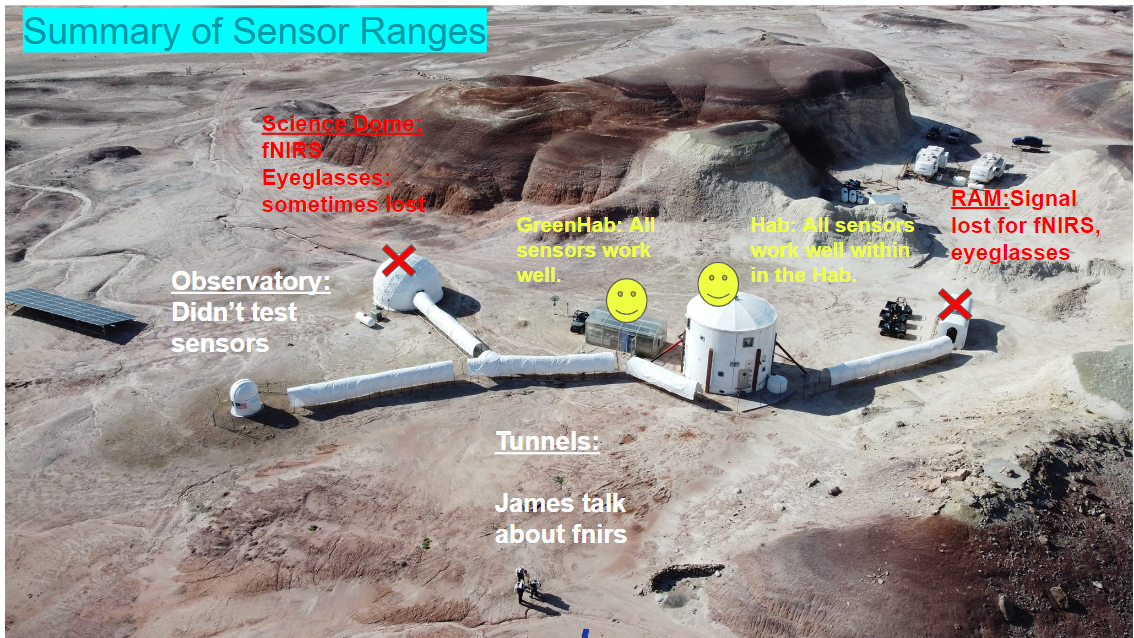 Figure 1: Summary of range studies, where we were able to collect eyetracking, biopac, and fNIRS data, and where we had challenges of signal drop.
Figure 1: Summary of range studies, where we were able to collect eyetracking, biopac, and fNIRS data, and where we had challenges of signal drop.
We also tested our capability to take eyetracking and fNIRS measures on EVA. Figure 2 below shows images from EVA#3, where we test the sensors. We wanted to not only measure the range of the sensors, but also the quality of data collected, as one challenge in using neurophysiological sensors in field settings involves an inability to collect quality data amidst such noisy and complex experimental conditions. We designed a simple experiment based around a series of ‘breath holding’ experiments. Breath holding is a great way to achieve a systemic response in the human brain, where oxygenated blood measured in the brain decreases while a person holds their breath. When they resume breathing, we see a smooth increase in oxygenated blood flow.

Figure 2. Equipped with fNIRS and eyetracking, ready for EVA!
The Figure below shows this experimental paradigm. We manipulated movement (stationary vs mobile) as well as adding a cognitive element of spatial navigation by finding waypoints during the task. Initial results suggest that we were able to achieve quality measures with the fNIRS data. The Tobii eyetracking glasses did not fare as well, and it was challenging to get pupil fixations and saccades outside of the hab. The eyetracking glasses became more of an expensive go pro😊 on EVAs. We are working already with our Tobii distributor to see if they have recommendations (or eyetracking glasses upgrades) to achieve higher quality data on EVA.
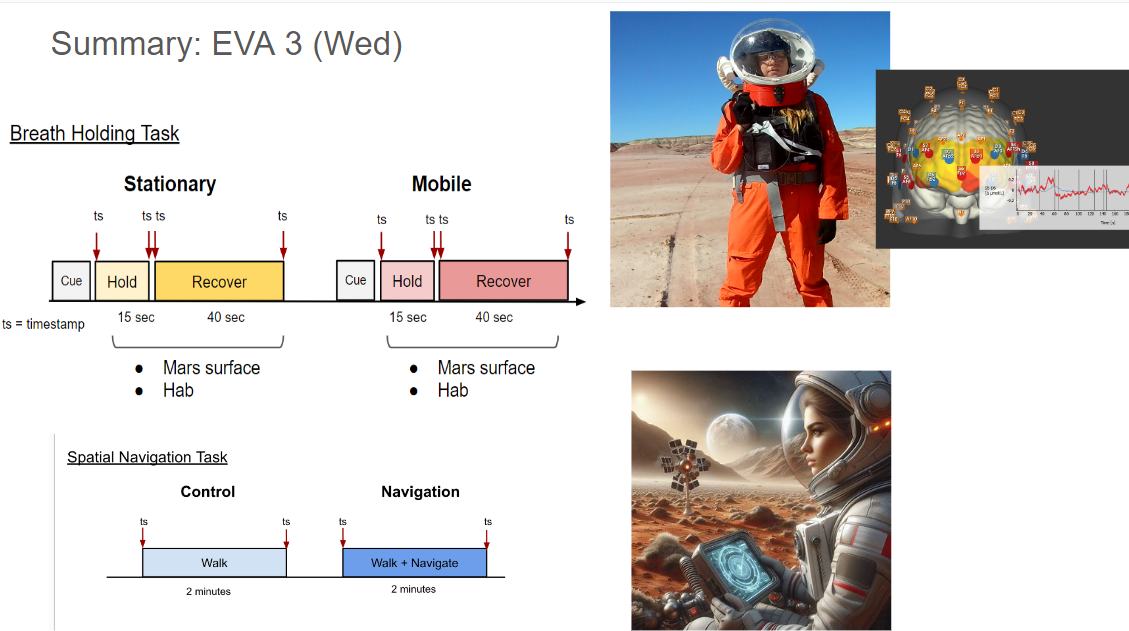
Figure 3. Experimental design of EVA #3.
Summary: We learned so much during our time at MDRS about the real life use cases that exist when people make critical decisions in low information density environments and we are eager to build from our findings to continue our research. Integrating neurphysiological sensors involves ergonomic, range, and data quality considerations that must be made carefully. We look forward to future work with MDRS as we continue to research cognitive security in low density environments.


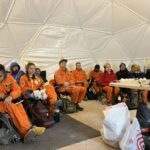
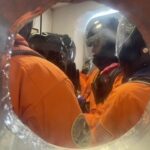
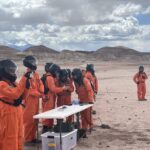
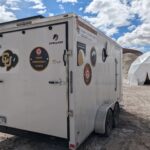
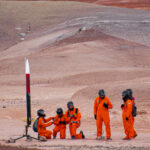

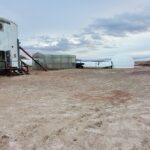
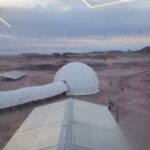

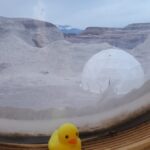
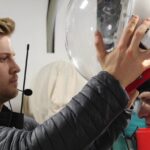
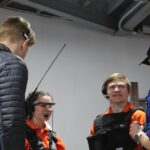
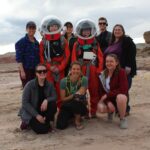
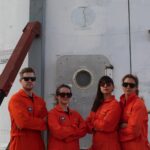
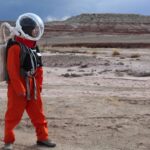
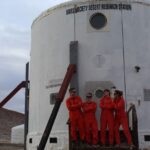
You must be logged in to post a comment.